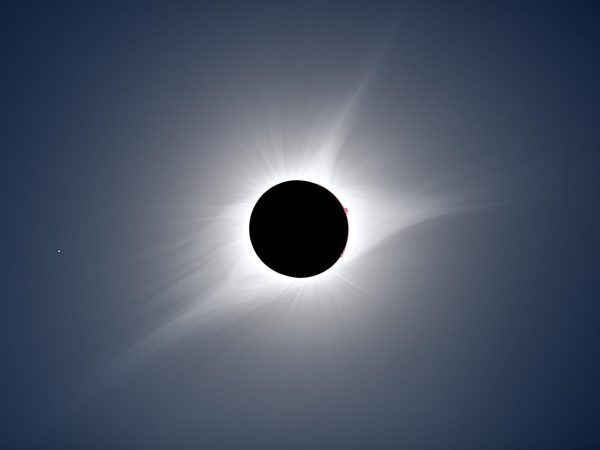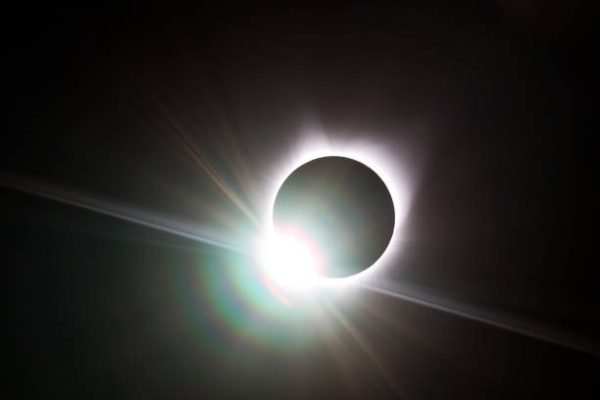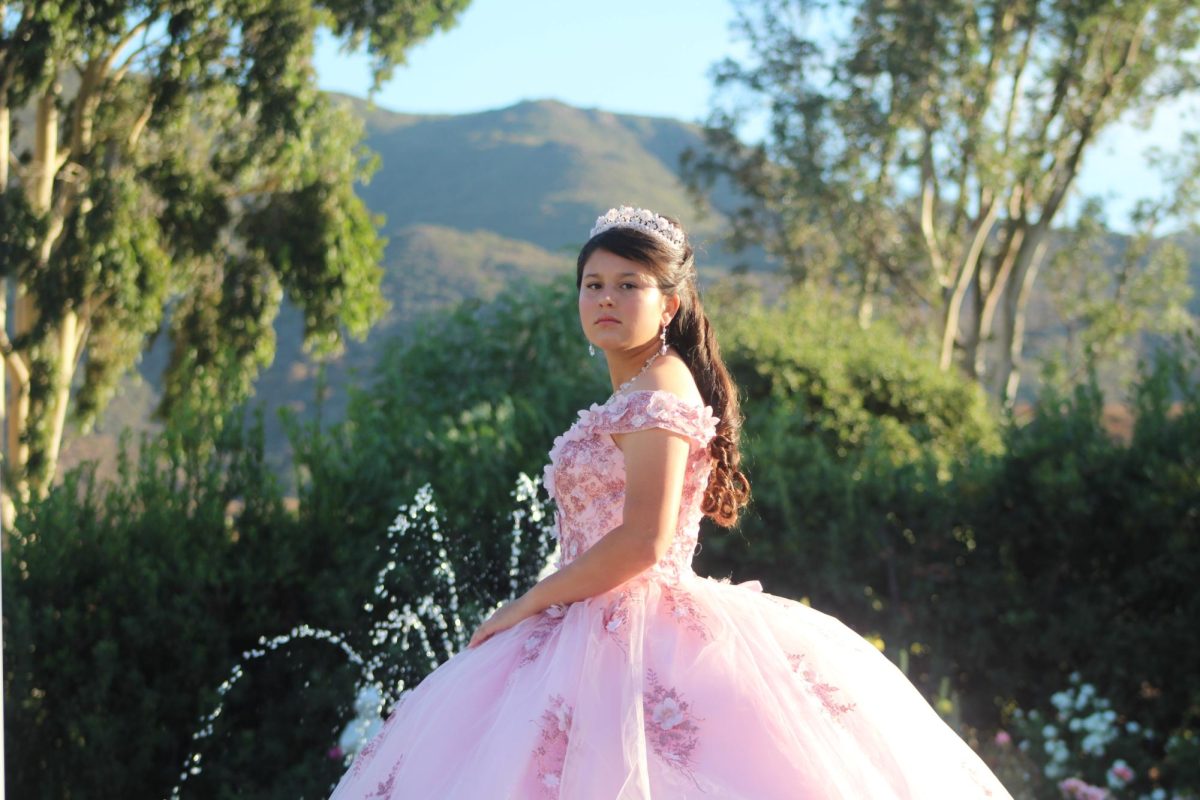A solar eclipse is easily one of the most awe-inspiring and dramatic cosmic events one can witness. With an eclipse on the way this spring, many Americans are excited for the opportunity to view this spectacle from their backyard.

A solar eclipse occurs when the moon passes in front of the view of the sun, either partially or, in the case of April 8th’s upcoming eclipse, entirely blocking the sun from sight. Many Americans are particularly excited about the upcoming event, as the eclipse’s path of totality, the point of view from which a total obstruction of the sun can be witnessed, crosses right over the North American continent. With such an incredible sight on its way, astronomers and enthusiasts alike are eager to get a taste of space from the comfort of Earth.
“I absolutely adore astronomy,” begins Santa Rosa Academy junior Corrin Santolucito. “Whenever something like an eclipse happens– especially one that I can witness in person– it’s extraordinary, and remains a fond memory for years.”
While the path does not directly cross over California, the students of Santa Rosa Academy will still get the thrilling opportunity to witness a partial eclipse from the campus, provided the proper eyewear is worn of course. The event can first be witnessed around 10 a.m. and will last for several hours, allotting more than enough time for viewing.

“I love solar eclipses, and am excited to see my first one,” local student Daniel Eckman begins. “I hope to be able to see my first full solar eclipse someday in the future.”
As the moon passes over the sun, a series of awe-inspiring phenomena can be witnessed. The famous “diamond ring” effect occurs when the moon has almost achieved total coverage of the sun. The remaining sliver of visible sunlight, combined with the now visible outer atmosphere of the sun, called the corona, combine to give the impression of a glittering diamond ring in the sky.

The main event takes place only when the moon has achieved totality. The sky darkens significantly, with the eclipse giving off enough light to mimic the full moon at night. With the sun’s powerful light completely obstructed, its corona shines brilliantly, unveiling yet another aspect of the sun’s brilliance.















Grass-muncher • Mar 22, 2024 at 8:39 am
AAAAAAAAAAAA I’M SO EXCITED FJFJHGJJGJGJJGHGHGJKKGLK